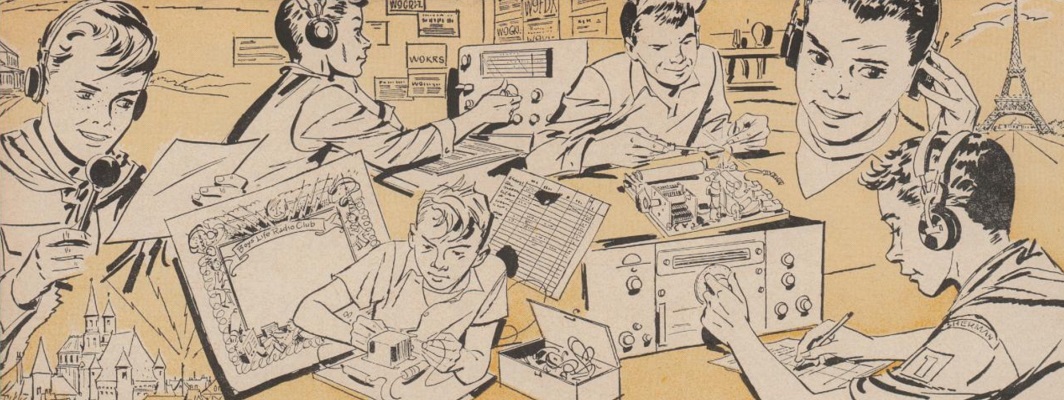Wednesday was the day to depart Grand Tetons National Park and begin our travels west to California. I was unsure about the best route to take. In hindsight, I should have asked around a bit more to get a better idea of what route to take.
US 29/89/191 heads south out of the park following the Snake River. After passing an elk preserve, US 191 leads right down into Jackson, Wyoming. After making my way through Jackson, I took Wyoming Hwy 22 west. Wyoming Hwy 22 is called the Teton Pass Highway. The road crosses west over the Snake River and then starts making its way up.
I think what I should have done is have driven south through Jackson, staying on US 191 until it branches off west and becomes US 26, generally heading west, and passing the Palisade Reservoir as it passes into Idaho. Heading over the Teton Pass from Jackson to Swan Valley, ID is about 46 miles. Heading south and west on US 26 is 65 miles. The Teton Pass reaches a height of 8,400 feet with a grade of up to 10%. Hoback, Wyoming, which is along the south and west route, looks to be at about 6,000 feet. Again, all great data I should have really looked at before.
I made my up way the Teton Pass. The road was in good shape and the Tundra was doing a solid job hauling the trailer up the mountain. I reached the top of the pass and pulled over. After a brief walk around the truck and trailer seeing that everything looked okay, I continued my way west a down the pass. Needless to say, I was using my lower gears and brakes. At one point I could definitely smell my brakes. I found a place to pull over and rested the truck for a bit. I had my trailer brake controller maxed out. Wyoming 22 turns into Idaho 33 at the state border. Eventually I made my way down to Victor, Idaho got gas and checked the truck and trailer again. I had survived the Teton Pass.
After Victor and heading west on Idaho 31, the highway turns into a two-lane roller coaster. Despite blind corners and double line medians, I still had vehicles passing me. Crazy. I took my time… drive to arrive. Idaho 31 leads to US 26 which makes its way to Idaho Falls and Interstate 15. After hitting I-15, it was easy driving to Pocatello and I-86 – making my way to I-84 and Twin Falls. In all it was 289 miles and took about 8 hours. We stayed at the KOA outside of Twin Falls which had a pool. I took the girls to the pool because they had done a great job putting up with my stress over the Teton Pass. For dinner: Pizza Hut wings (delivered to the trailer). With an early start the next morning, we headed to bed shortly before sundown.







